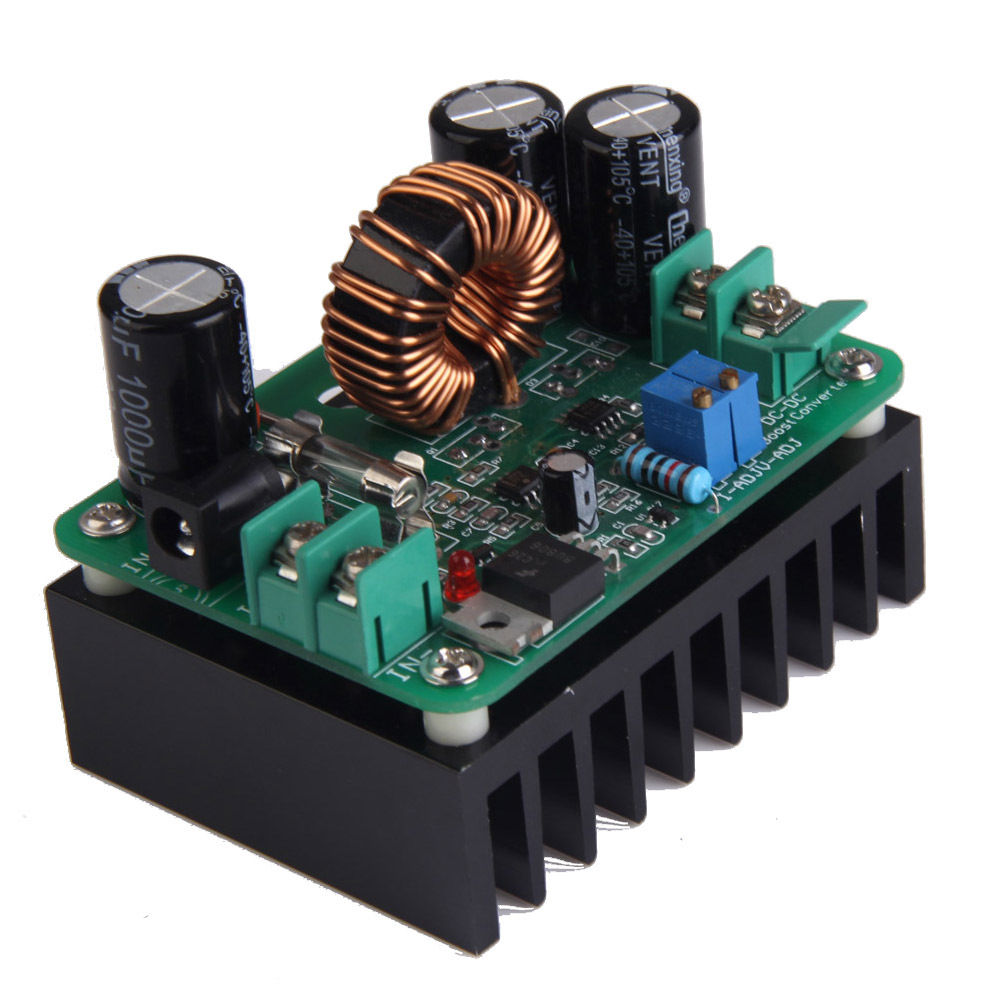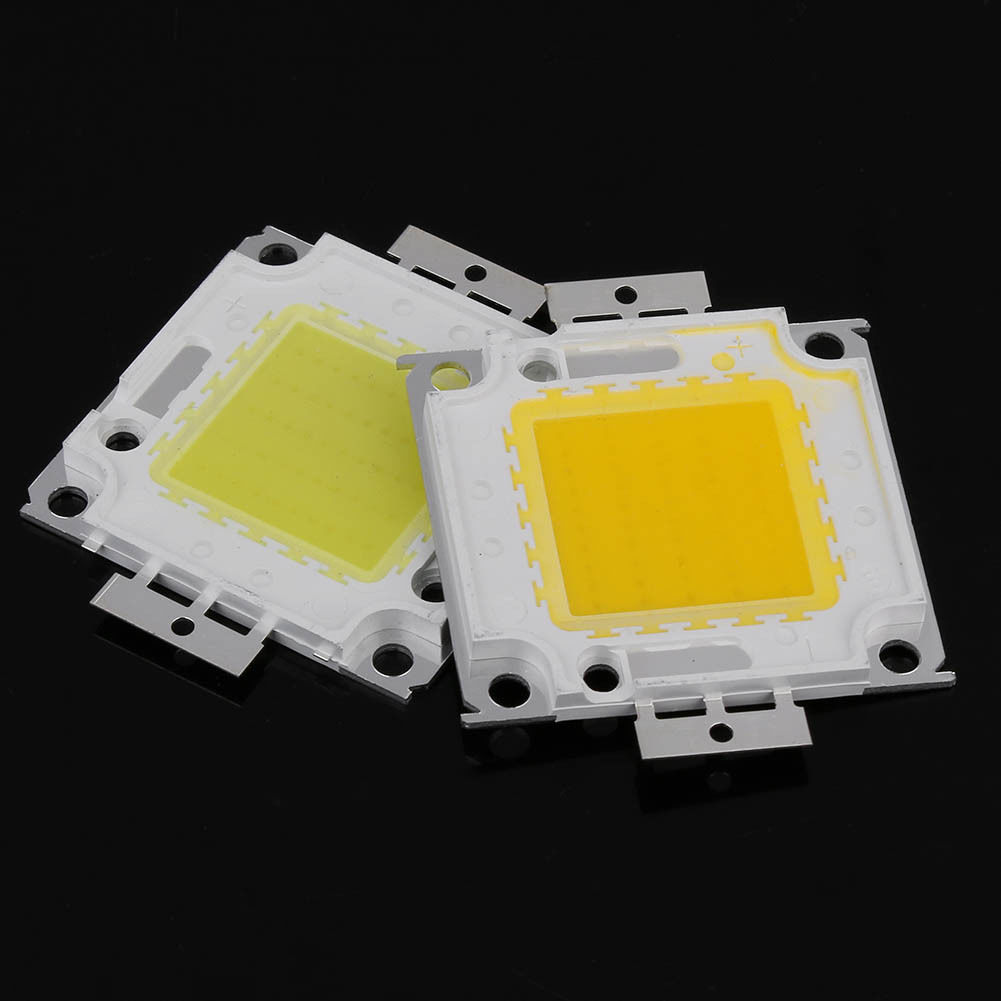Southwards
New Member
Hello everyone! I am pretty new to the growing scene, so I thougth I'd ask some questions (apologies if this is not the place to do so)
Right now I have a single youngling (ice cool strain, little info online, sativa dominant, 'bout a week old) growing under about 120 real watts of CFLs (I had another seed, but it didn't make it past the seedling stage, I blame helmet-headedness).
My grow area right now is a closed wooden box about 60*70*70 cms big I had from my meat drying days, with big holes at the top and bottom of one of the sides for airflow and a small computer fan hooked up. I will try to get some pictures up when I can, promise!
There are MANY things i want to add to my system, among them:
- I wanna change the aluminum foil it has on all surfaces (I know) with mylar.
- I am gonna get two 220V ac fans and hook them up as an exhaust (creating negative air pressure), with a DIY carbon filter.
- And lastly, and where I have the most doubts, I want to try out LEDs! Because TECHNOLOGY
I have some background in electronics so I think I can pull this off, what I am planning to do is to get an old PC power supply, and use its 12V rail to feed a DC-DC step up converter with current control. One like this:

I will then use the controller to drive however many (3-4?) generic ebay 20W LEDs like the ones they use for floodlights, taking care to use some aluminum angles for dissipators and such. 20 watts is the minimum as 10 Watt ones only take 9-12 volts.
Is this at all feasible? Am i missing something? Do i go cold white or warm white? There appears to be RGB models at a premium, are they worth it? Am I a total dum-dum?
I also have 2 friends with more experience in growing than I that have been helping me out and I'd like to repay them by helping them build their own LED systems. So I think of this as a prototype of sorts.
I think that is all (for now ), any tips are welcome!
), any tips are welcome!
Right now I have a single youngling (ice cool strain, little info online, sativa dominant, 'bout a week old) growing under about 120 real watts of CFLs (I had another seed, but it didn't make it past the seedling stage, I blame helmet-headedness).
My grow area right now is a closed wooden box about 60*70*70 cms big I had from my meat drying days, with big holes at the top and bottom of one of the sides for airflow and a small computer fan hooked up. I will try to get some pictures up when I can, promise!
There are MANY things i want to add to my system, among them:
- I wanna change the aluminum foil it has on all surfaces (I know) with mylar.
- I am gonna get two 220V ac fans and hook them up as an exhaust (creating negative air pressure), with a DIY carbon filter.
- And lastly, and where I have the most doubts, I want to try out LEDs! Because TECHNOLOGY
I have some background in electronics so I think I can pull this off, what I am planning to do is to get an old PC power supply, and use its 12V rail to feed a DC-DC step up converter with current control. One like this:

I will then use the controller to drive however many (3-4?) generic ebay 20W LEDs like the ones they use for floodlights, taking care to use some aluminum angles for dissipators and such. 20 watts is the minimum as 10 Watt ones only take 9-12 volts.
Is this at all feasible? Am i missing something? Do i go cold white or warm white? There appears to be RGB models at a premium, are they worth it? Am I a total dum-dum?
I also have 2 friends with more experience in growing than I that have been helping me out and I'd like to repay them by helping them build their own LED systems. So I think of this as a prototype of sorts.
I think that is all (for now
 ), any tips are welcome!
), any tips are welcome!




 LOL)
LOL)